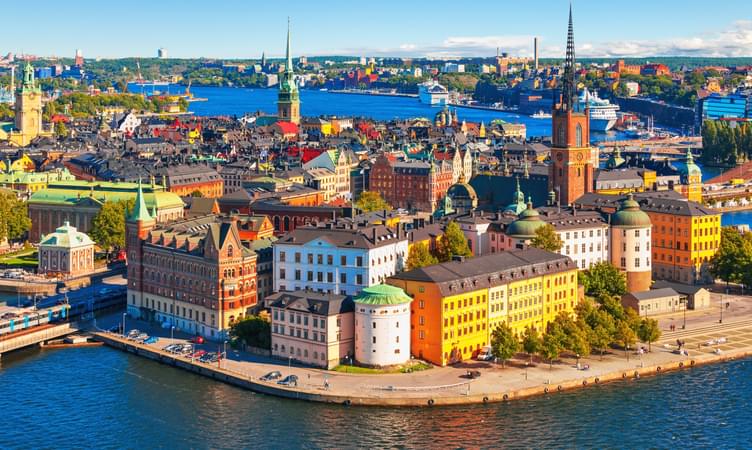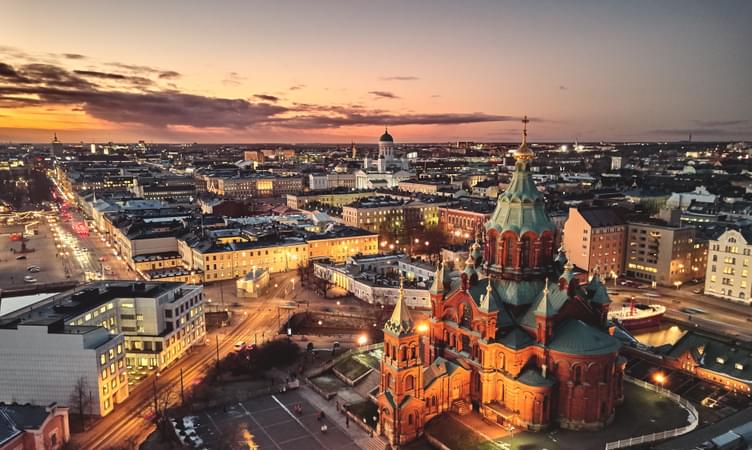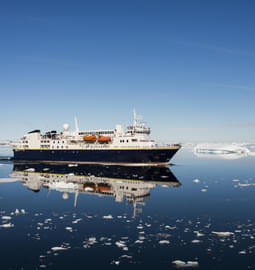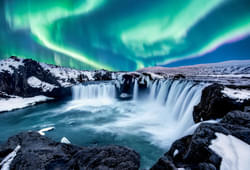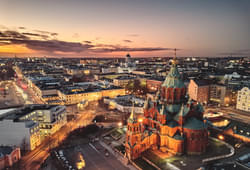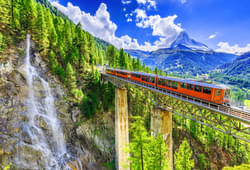Essential Information About Antarctica Wildlife
01
Best Time to Visit Antarctica

The best time to travel to Antarctica is between the months of November to March, the summer season of the region. These months are the busiest season of the year with wildlife and tourism at their peak.
November witnesses the virgin snow while seals and penguins begin to look for partners to mate. On the other hand, March sees the last lot of visitors with young inquisitive penguin chicks gushing over tourists.
Must Checkout: Antarctica Packages
Read more
November witnesses the virgin snow while seals and penguins begin to look for partners to mate. On the other hand, March sees the last lot of visitors with young inquisitive penguin chicks gushing over tourists.
Must Checkout: Antarctica Packages
02
How to Reach Antarctica

By air: Firstly, you need to take an international flight to reach Punta Arenas, Chile. From there it will only take you two hours to reach your final destination of Antarctica. Another option you could opt for is,
By sea: You could either start your voyage from Ushuaia, Argentina since 90% of the travellers choose it. However, a selected number of four voyages embark every season from South Island, New Zealand; so you might also have this opportunity.
Also Checkout: Antarctica Tour From India
By sea: You could either start your voyage from Ushuaia, Argentina since 90% of the travellers choose it. However, a selected number of four voyages embark every season from South Island, New Zealand; so you might also have this opportunity.
Also Checkout: Antarctica Tour From India
Places to Spot Wildlife in Antarctica
03
Antarctic Peninsula

About: The Antarctic peninsula is the northernmost part of Antarctica, it is a place where you could spot mammals and birds in the ocean and around the peninsula. For instance, the native crabeater seal breeds include Ross seals, Weddell seals, and Leopard seals whereas birds like Southern Fulmar, blue-eyed shag, or Antarctic tern and gentoo penguins could definitely catch your eye up in the sky or on lands.
You might also catch a glance of Wilson’s storm petrel and snow petrel building their nests on the ground in the summer season.
Highlights: December as a month is a part of the summer season when whales migrate, these majestic creatures could be seen passing through the sea, baby seals on the beaches of South Georgia, and a sky full of sea birds - courting.
You can also checkout: Antarctica Tour From Kolkata
You might also catch a glance of Wilson’s storm petrel and snow petrel building their nests on the ground in the summer season.
Highlights: December as a month is a part of the summer season when whales migrate, these majestic creatures could be seen passing through the sea, baby seals on the beaches of South Georgia, and a sky full of sea birds - courting.
You can also checkout: Antarctica Tour From Kolkata
04
Falkland Islands

Falkland Islands no longer consist of native amphibians or reptiles of their own. In fact, the now-extinct land mammal, Warrah was once a native from here. Elephant seals, fur seals, and sea lions breed on the islands - the largest elephant seal breeding site consists of over 500 animals in total.
Sixty out of 227 bird species are said to breed on the island of Falkland, while blue whales, sperm whales, humpback whales and etc are now in recovering numbers due to illegal whaling from the 1970s.
Highlights: If you are a birding enthusiast, then bird watching here is a must for you! You could also explore different islands like Bleaker Island or Carcass Island.
Sixty out of 227 bird species are said to breed on the island of Falkland, while blue whales, sperm whales, humpback whales and etc are now in recovering numbers due to illegal whaling from the 1970s.
Highlights: If you are a birding enthusiast, then bird watching here is a must for you! You could also explore different islands like Bleaker Island or Carcass Island.
05
Weddell Sea

Weddell Sea is a vast water body where one could witness great predators on the surface through a cruise. The leopard seal is among the top predators in the region who prey upon the smaller seal species such as the crabeater.
They are also known to attract humans, so one should beware of their distance when admiring these particular seals. Similarly, the Adélie penguins could be found here abundantly - they are small penguins with white circles around their eyes making them a cute sight. Then, we have Antarctic krill attracting huge baleen whales; the southern minke whale and humpback whale can also be frequently spotted. And lastly, the blue whale, the southern right whale, the sei whale, the fin whale, and the sperm whale pay their visits to the sea accordingly.
They are also known to attract humans, so one should beware of their distance when admiring these particular seals. Similarly, the Adélie penguins could be found here abundantly - they are small penguins with white circles around their eyes making them a cute sight. Then, we have Antarctic krill attracting huge baleen whales; the southern minke whale and humpback whale can also be frequently spotted. And lastly, the blue whale, the southern right whale, the sei whale, the fin whale, and the sperm whale pay their visits to the sea accordingly.
Highlights: Some of the noticeable beings to look forward to seeing here are Emperor penguin, Anélie penguin, Crabeater seal, Humpback whale, Minke whale, Sperm whale, and Weddell seal.
06
South Georgia Islands

There are 7 million individual birds (penguins) on the island of South Georgia. They are divided into three main dominant species: 3 million pairs of Macaroni, half a million pairs of King, and 105,000 pairs of the Gentoo.
Plus, Chinstrap, adelie, and rockhopper are active but in small numbers. Penguins are most commonly found at St. Andrews Bay and Salisbury Plain on the island. South Georgia could also be explored by ships, looking around for Humpback whales, Fin whales, Southern right, and Blue whales.
Highlights: South Georgia is the world's most important seabird breeding site with an estimation of over 10 million birds. Among which are 78 known species, including half of the world's population of Antarctic prions and 250,000 albatrosses of varied species. Wildlife in Antarctica offers you something new and unusual from the ordinary wildlife and safaris.
Plus, Chinstrap, adelie, and rockhopper are active but in small numbers. Penguins are most commonly found at St. Andrews Bay and Salisbury Plain on the island. South Georgia could also be explored by ships, looking around for Humpback whales, Fin whales, Southern right, and Blue whales.
Highlights: South Georgia is the world's most important seabird breeding site with an estimation of over 10 million birds. Among which are 78 known species, including half of the world's population of Antarctic prions and 250,000 albatrosses of varied species. Wildlife in Antarctica offers you something new and unusual from the ordinary wildlife and safaris.
07
South Shetland Islands

This is a chain of islands, namely: Elephant Island, King George Island, Livingston Island, and Deception Island. Elephant Island populates seals, chinstrap penguins, along with 2000-year-old moss colonies. Whereas King George Island is the largest among all of the above, the residents here are terns, Weddell and elephant seals, Adélie and chinstrap penguins, and huge petrels are a few to name found on the southern coast at Turret Point.
At Livingston, you will be able to watch chinstrap and gentoo penguins (and sometimes macaroni) nesting at the rocky shoreline while Deception Island is the safest harbour in the world and thus, allows a rare opportunity to tourists to take a risky yet confusing dip.
Highlights: There cannot be a better way to spend your day other than exploring all the four islands in one go. You are presented with the opportunity to click pictures with a background of cute penguins, or maybe while taking a dip in Antarctica.
At Livingston, you will be able to watch chinstrap and gentoo penguins (and sometimes macaroni) nesting at the rocky shoreline while Deception Island is the safest harbour in the world and thus, allows a rare opportunity to tourists to take a risky yet confusing dip.
Highlights: There cannot be a better way to spend your day other than exploring all the four islands in one go. You are presented with the opportunity to click pictures with a background of cute penguins, or maybe while taking a dip in Antarctica.
08
Neko Harbor

Neko Harbor is the place for all the adventure buffs even though it is a little mysterious to find. However, speaking about Antarctica Wildlife, you will find Kelp Gulls and Skuas along with Gentoo penguins in the area.
They are some of the confirmed breeders in the said region. That is not all, the gigantic snowy glaciers make for a picturesque setup for clicking pictures and taking back home.
Highlights: Visiting Neko Harbor is a very riveting experience since you might witness chunks of glaciers falling down into the water and splashing some on to you. So, our advice to you is to maintain some distance from the shores.
They are some of the confirmed breeders in the said region. That is not all, the gigantic snowy glaciers make for a picturesque setup for clicking pictures and taking back home.
Highlights: Visiting Neko Harbor is a very riveting experience since you might witness chunks of glaciers falling down into the water and splashing some on to you. So, our advice to you is to maintain some distance from the shores.
09
Macquarie Island

Listed under the World Heritage List, Macquarie Island is a wildlife paradise. Uncountable species of seabirds, 100,000 seals, and 4 million penguins visit this tiny subantarctic island regularly.
Some of the species of Antarctica Wildlife breeders are as follows: Elephant seals, Hooker's sea lion, Fir seals, King penguins, Royal penguins, Gentoo penguins, Southern rockhopper penguins, and Albatrosses.
Highlights: Your trip to Antarctica might feel a bit imperfect if Macquarie is not in your itinerary. Unusual mammals like Hooker's sea lion and Royal penguins are one of the many things you must not miss.
Some of the species of Antarctica Wildlife breeders are as follows: Elephant seals, Hooker's sea lion, Fir seals, King penguins, Royal penguins, Gentoo penguins, Southern rockhopper penguins, and Albatrosses.
Highlights: Your trip to Antarctica might feel a bit imperfect if Macquarie is not in your itinerary. Unusual mammals like Hooker's sea lion and Royal penguins are one of the many things you must not miss.
10
Peter I Island

450 kilometers from the continent Antarctica, it is one of the most remote islands on earth. Peter I was claimed by Norway and yet remains untouched, only a few people might have set their foot here.
There were no wildlife colonies founded here, however, there is a breeding site for southern fulmars and Arctic terns. In fact, Adélie, Chinstrap, and some seal species have been spotted around here.
Highlights: One of the most remote Islands in Antarctica, this place is a must visit. This is the perfect spot to watch various species of seals.
There were no wildlife colonies founded here, however, there is a breeding site for southern fulmars and Arctic terns. In fact, Adélie, Chinstrap, and some seal species have been spotted around here.
Highlights: One of the most remote Islands in Antarctica, this place is a must visit. This is the perfect spot to watch various species of seals.
Wildlife & Animals of Antarctica
11
Antarctic Penguins

One thing that lights our mind when thinking about "Antarctica" are it's penguins. These little creatures are a part of the bird dynasty and are a major attraction of Antarctica Wildlife. Adelie penguins are the types of penguins that outrightly adore to stay near the freezing antarctic coasts during the winters and they depend upon the sea creatures for nutrition.
Gentoo penguins are more like the "lighting McQueens" of the species of penguin, walking briskly is humorously normal for them.
Places to Spot: Adelie penguins are found throughout Antarctica and in the neighbouring islands of the South Orkney and South Sandwich Islands. Gentoo penguins usually breed in sub-Antarctic islands and on the Antarctic Peninsula. Emperor penguins are predominantly found in the Ross Sea and Weddell regions, especially Snow Hill Island.
Gentoo penguins are more like the "lighting McQueens" of the species of penguin, walking briskly is humorously normal for them.
Places to Spot: Adelie penguins are found throughout Antarctica and in the neighbouring islands of the South Orkney and South Sandwich Islands. Gentoo penguins usually breed in sub-Antarctic islands and on the Antarctic Peninsula. Emperor penguins are predominantly found in the Ross Sea and Weddell regions, especially Snow Hill Island.
12
Antarctic Birds

Wandering Albatrosses are found in Antarctica, they are listed as one of the biggest albatrosses species. That is not all, these fierce birds are a rarity as well, so be thankful when you see them in Antarctica. Moving on to Cape petrels, they often look like ordinary pigeons and usually prefer to make their nests on rocky ledges.
But they are one of the most competitive Antarctic birds while hunting for their food from the ocean waters. Another bird you may have the chance to sight can be Snowy sheathbill, apart from penguins, they are the only bird species in Antarctica to live on land; they are white with usually a salmon colored face, giving them a distinct feature.
Places to Spot: During breeding season, Cape petrels feed around Antarctica's shelf and during the winter they range further north. Pink-faced sheathbills usually make their homes in the sub-antarctic regions.
But they are one of the most competitive Antarctic birds while hunting for their food from the ocean waters. Another bird you may have the chance to sight can be Snowy sheathbill, apart from penguins, they are the only bird species in Antarctica to live on land; they are white with usually a salmon colored face, giving them a distinct feature.
Places to Spot: During breeding season, Cape petrels feed around Antarctica's shelf and during the winter they range further north. Pink-faced sheathbills usually make their homes in the sub-antarctic regions.
13
Antarctic Seals

Ross seals are the ones with big eyes, they are quite bulky and huge, weighing around 150-215 kilograms on an average, and they usually feed on fishes. Wedell seals are one of the most vocal and loudest species of seals in Antarctica, they can weigh around 400 - 600 kilograms.
Elephant seals are ocean-going earless seals, who were on the brink of extinction because of hunting. They too, feed on fishes and squids and live in one of the most brutally cold regions of Antarctica.
Places to Spot: Sub-antarctic waters are ross, elephant and Weddell seals’ favourite spots. Wedell seals prefer to habituate in darker and colder regions. Leopard seals too are predators in the sub-antarctic waters of Antarctica.
Elephant seals are ocean-going earless seals, who were on the brink of extinction because of hunting. They too, feed on fishes and squids and live in one of the most brutally cold regions of Antarctica.
Places to Spot: Sub-antarctic waters are ross, elephant and Weddell seals’ favourite spots. Wedell seals prefer to habituate in darker and colder regions. Leopard seals too are predators in the sub-antarctic waters of Antarctica.
14
Antarctic Whales

Killer whales predominantly live in the southern ocean, so finding them in Antarctica is not a big deal since they are regularly spotted. Sperm whales or the male sperm whales are way larger than the females, almost double their sizes. They are toothed and have teeth on their lower jaw as well, making them an overwhelming sight.
However, they are not aggressive and have not attacked humans in recent times. Then we have Antarctic blue whales, they are the largest mammals on the planet weighing up to 200 tons (approximately 33 elephants), they are also the loudest one among the lot, louder than a jet engine.
Places to Spot: Antarctic blue whales usually live in the waters of South Georgia, near Antarctica, while sei whales occupy the northern waters of the continent. Sperm whales migrate to South Georgia and South Shetland whaling stations in December and March and return to sub-Antarctic and subtropics in autumn.
However, they are not aggressive and have not attacked humans in recent times. Then we have Antarctic blue whales, they are the largest mammals on the planet weighing up to 200 tons (approximately 33 elephants), they are also the loudest one among the lot, louder than a jet engine.
Places to Spot: Antarctic blue whales usually live in the waters of South Georgia, near Antarctica, while sei whales occupy the northern waters of the continent. Sperm whales migrate to South Georgia and South Shetland whaling stations in December and March and return to sub-Antarctic and subtropics in autumn.
15
Snow Petrels

Snow petrels are small birds as white as snow and survive on krill, fishes and squids. They can live up to 15 - 20 years. Blue petrels are seabirds accompanying ships and cruises usually, they are smaller in size as compared to others.
They are white from underside and bluish-grey from the top and are not easily found in the wide sky. Lastly, we have Grey petrel, a large seabird with dashes of grey, white, and brown all over its body - making it a beautiful sight to catch.
Places to Spot: Snow petrels are often associated with pack ice, icebergs and ice floes in the antarctic waters. Cape petrels on the other hand feed around Antarctica's shelf and during the winter they range further north. While blue petrels are the southernmost seabirds of the continent.
They are white from underside and bluish-grey from the top and are not easily found in the wide sky. Lastly, we have Grey petrel, a large seabird with dashes of grey, white, and brown all over its body - making it a beautiful sight to catch.
Places to Spot: Snow petrels are often associated with pack ice, icebergs and ice floes in the antarctic waters. Cape petrels on the other hand feed around Antarctica's shelf and during the winter they range further north. While blue petrels are the southernmost seabirds of the continent.

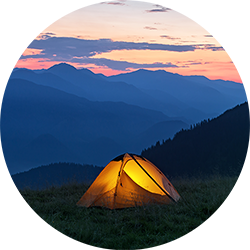
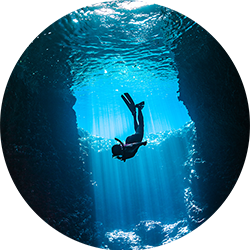


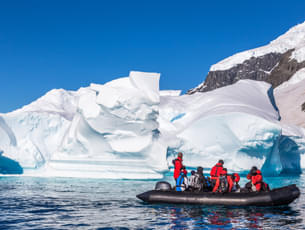

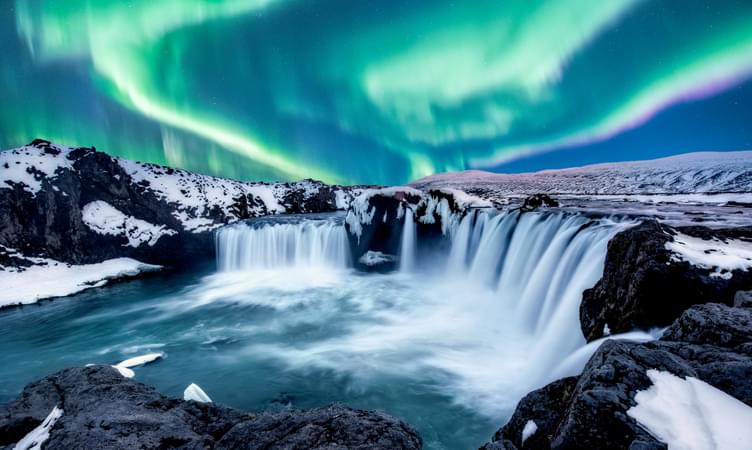





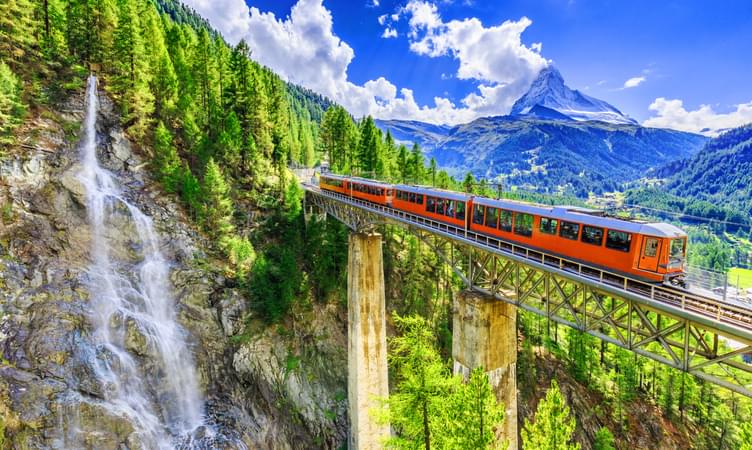






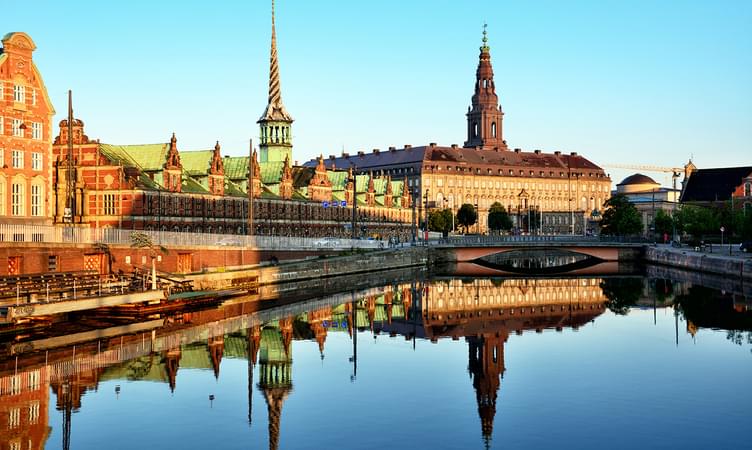

.jpg?gravity=center&width=90&height=90&crop=fill&quality=auto&fetch_format=auto&flags=strip_profile&format=jpg&sign_url=true)


